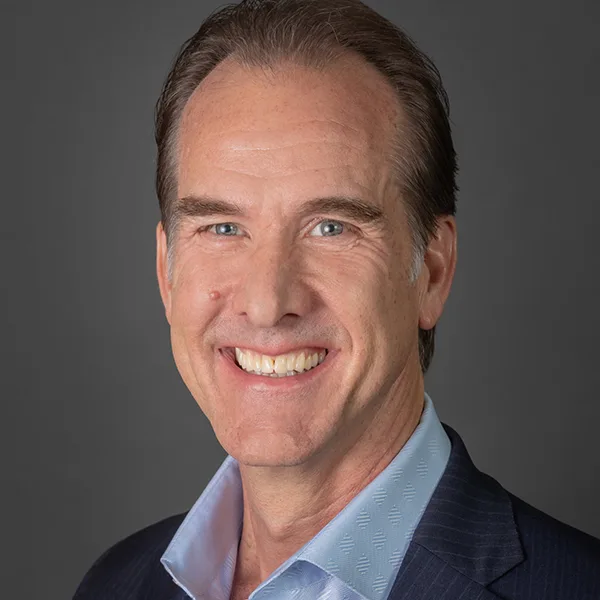
Every shop has them, the veteran operators who’ve been around forever. They know the machines inside and out. They’ve seen supervisors come and go. And whether they mean to or not, they often set the tone for how things really get done.
This Playbook is for supervisors who’ve inherited legacy teams and need to reset bad habits without sparking conflict. Because when new hires follow the wrong lead, it’s not just a training issue, it’s a workplace dynamic issue. And it spreads fast.
The Challenge: Experience Doesn’t Always Equal the Right Example
Veteran operators carry weight. They’ve earned respect over time, but not all long-standing habits are good ones. Some resist change. Others cut corners out of convenience. And a few might openly challenge new processes, especially if they weren’t involved in the decision.
Even when it’s subtle, that behavior sends a signal: “This is how we actually do it.” That message sticks, especially with new hires who are still finding their footing.
If your most experienced team members aren’t modeling the right behaviors, your standards start to erode from the inside out. And once bad habits settle in, it takes twice as long to correct them.
Quick Wins for Frontline Leaders
1Don’t Let Good Habits Die With the Old Guard
There’s a lot of valuable knowledge locked into your most experienced people, but without the right systems, it doesn’t get passed on. Worse, bad habits often spread faster than good ones.
Most shops rely on informal mentoring. But if the “mentor” isn’t doing things by the book, your training efforts go out the window.
Be intentional with your pairings. Don’t leave it to chance. Match new hires with team members who consistently follow standard work, use safety procedures, and help others. Track who’s influencing whom. When you find someone who sets the tone well, reinforce it. Make them your go-to for onboarding, and recognize their contribution publicly.
2Call Out Double Standards Before They Take Root
It’s common for senior employees to be given silent permission to ignore updates, especially if they’re reliable in other areas. But that creates two sets of rules: one for the old hands, one for everyone else. And that leads to resentment, confusion, and quiet rebellion.
Stick to the data. Whether it’s quality slips, downtime trends, or missed checks, ground the conversation in facts. When you tie the issue to outcomes, not personalities, you stay on solid ground. It’s not about “calling them out”; it’s about showing them the impact. And make it clear: the standard is the standard, no matter how long someone’s been on the floor.
3Recognize Who’s Really Running the Floor
Let’s be honest, there are times when the veteran operator is more influential than the supervisor. When you’re busy solving issues or pulled into meetings, it’s their voice that people follow.
That’s not necessarily a bad thing. But if they’re pushing their own agenda, your efforts to lead the team get quietly undermined.
Pull them aside and let them know how much influence they have. Then make it clear what kind of tone you need them to set. When they reinforce your message, recognize it, in meetings, huddles, or wherever the team gathers. That reinforcement shows the rest of the crew that you're aligned, and that consistency counts.
4Have the Right One-on-Ones, Not Just Check-Ins
Managing someone who’s been doing the job longer than you’ve been in the building can be uncomfortable. Many new supervisors avoid tough conversations and hope the problems will fade. But they won’t.
Set aside time for a meaningful one-on-one. Ask what they’ve seen over the years that worked, and what didn’t. Ask what gets in the way of doing a great job. You’ll get honest insight into legacy issues that others are afraid to bring up. More importantly, you’ll show respect without giving up leadership. That balance builds the kind of trust you can actually lead with.
5Watch the Gap Between Training and Reality
New hires hear one thing during onboarding, but often see something else on the floor. If the training says “always wear eye protection” but their trainer doesn’t, guess which behavior sticks?
This mismatch creates confusion. And in most cases, the new hire will copy what’s easiest, not what’s right.
Build in structured check-ins during the first 30, 60, and 90 days. Don’t just ask, “How’s it going?” Ask what doesn’t match what they were told. Ask who’s helping them and what advice they’re getting. This gives you a window into how floor behavioral patterns are shaping new behaviors, and where it might be going off course.
Bottom Line: Veteran Influence Can Be a Hidden Problem, or a Secret Weapon
You don’t need to overhaul your whole team. You just need to guide the influence that’s already at work. When veteran employees reinforce your standards, they help embed good habits deep into the team. When they don’t, they quietly erode everything you’re trying to build.
Lead them well, and they’ll help you lead everyone else.
Let’s Turn Costly Habits Into Consistent Wins
At POWERS, we help manufacturing teams turn everyday habits into drivers of real performance. Whether it’s a veteran operator setting the wrong tone or a team stuck in outdated routines, we work directly with frontline leaders to shift behaviors that lead to lost time, inefficiency, and underperformance.
To support these changes, we built DPS: a next-generation manufacturing operating system that gives supervisors the tools they need to lead effectively, reinforce good habits, and eliminate hidden productivity leaks.
DPS is practical, easy to adopt, and built for the real world of manufacturing, from visual production metrics to real-time tracking that keeps crews accountable and focused.
If you’re ready to reset habits, reduce lost time, and build an operating environment that delivers results, contact POWERS today.
- Speak to an Expert: Call +1 678-971-4711 to discuss your specific challenges and goals.
- Email Us: Get tailored insights by emailing info@thepowerscompany.com
- Request an Assessment: Use our online contact form, and one of our expert manufacturing consultants will reach out to schedule an in-depth analysis of your operations.

